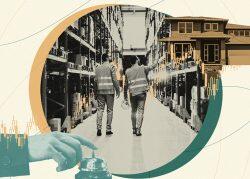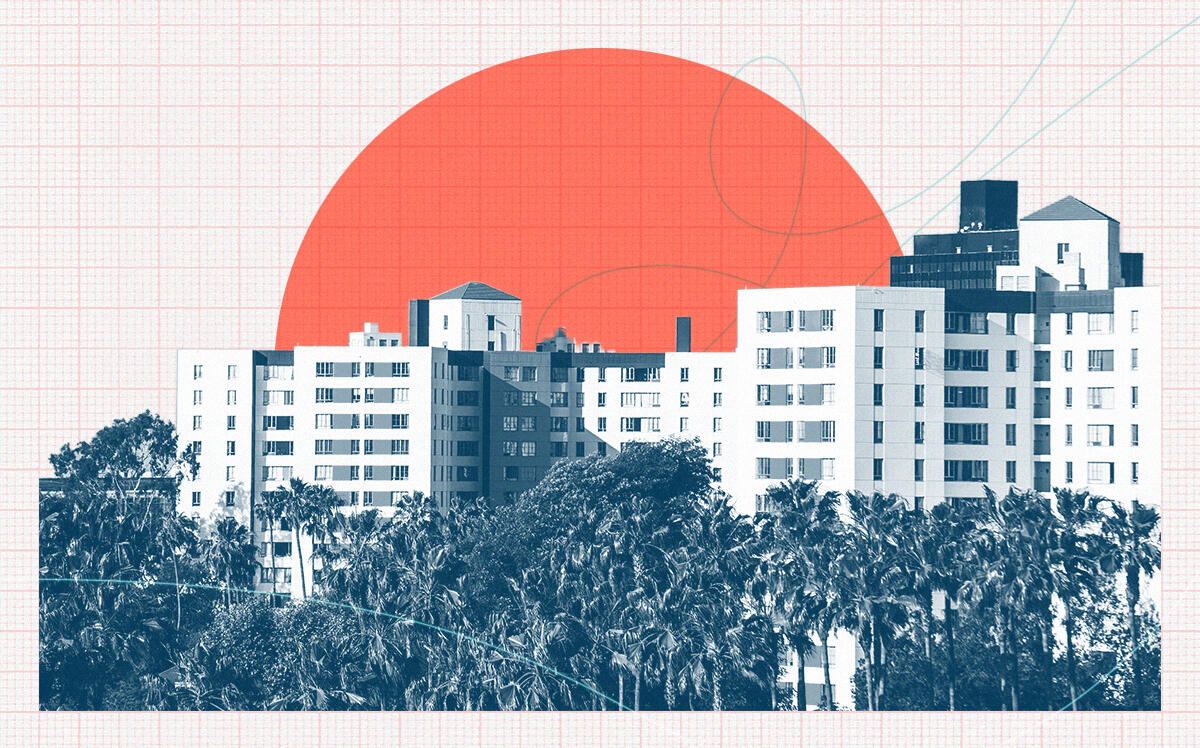With high inflation comes double-digit rent increases, even for tenants with rent control.
Hefty rent hikes loom for many Southern Callifornia renters despite state and local laws meant to stop landlords from passing on massive increases, LAist reported.
Because those laws allow rents to rise with inflation, some tenants are getting hit with bumps of up to 10 percent.
“It’s certainly a new phenomenon after 20-plus years of having inflation rates in the 1, 2, 3 percent range,” Shane Phillips of the UCLA Lewis Center’s Housing Initiative told LAist. For renters challenged by rising costs, he said “this is not going to make matters easier.”
Each rent control law links allowable rent hikes to inflation. With L.A.’s consumer price index up 8.6 percent from last year, those laws now let landlords pass on rent increases some tenants haven’t seen in decades.
California’s statewide Tenant Protection Act will allow increases of up to 10 percent starting in August.
The city of Inglewood has approved 10 percent increases in rent-controlled buildings with up to four apartments, and a maximum 7.9 percent in larger buildings. Santa Monica recently approved 6 percent increases starting in September, up to a maximum of $140 per month.
Pasadena currently has no local rent control. Tenants there are only covered by the statewide Tenant Protection Act, which applies to most apartments built more than 15 years ago. That law restricts annual increases to 5 percent plus inflation, and a maximum of 10 percent per year.
Despite high inflation, lower rent increase caps or freezes remain in parts of Southern California.
The city of Los Angeles continues to ban all rent increases during the COVID-19 pandemic in rent-controlled buildings. That includes most apartments built before 1978. Once that freeze lifts, allowable rent increases could rise as high as 8 percent under the city’s rules.
Rent control laws in the cities of Baldwin Park and Santa Ana cap increases at 3 percent, no matter how high inflation gets.
USC researchers released a survey last year showing nearly two-thirds of L.A. County renters spend more than 30 percent of their income on rent. Since then, federal labor statistics show, local wage gains have not kept up with inflation.
That means many tenants could struggle to pay for large rent hikes without cutting back on essentials such as food, healthcare and fuel.
Local landlords say the cost of building maintenance such as plumbing work, electrical repairs and re-roofing has risen above the inflation rate. Victor Cao of the California Apartment Association said small landlords are “facing the same inflationary pressures as everybody else.”
Seeing a wave of large rent hikes on the horizon, some local lawmakers are now taking steps to rein in allowable increases.
In Pasadena, tenant advocates have placed a rent control measure on the November ballot that would cap rent increases at 75 percent of inflation. Santa Monica’s City Council approved a November ballot measure that would cap increases on rent controlled apartments at 3 percent, rather than 6 percent. Burbank is studying whether to enact some form of rent control.
– Dana Bartholomew
Read more


